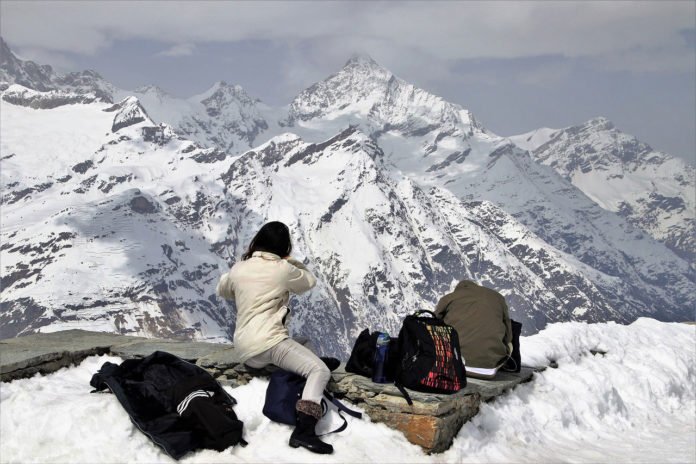Visual research in tourism involves the use of a range of visual methods in tourism studies. It ranges from the collection of secondary visual materials for example postcards, tourism brochures, and websites and the creation of visuals in the context of primary research (such as photography, video, and drawings), to the production of data through photo-elicitation techniques.
Visual cues are usually used for two purposes: 1. Evaluating the motivating factors that lead travelers with a different cultural background to select their travel destination. 2. Exploring the influence of visual communication in the promotion of cultural tourism.
Earlier studies focused on the impacts visual information during several stages of the visit. Scientists found that the visual material can help to frame the experience.
According to a new study that published in the International Journal of Tourism Research suggests that the visual research in tourism has not yet widened the scope of research.
Scientists overlooked an assortment of photographic substance that can possibly advise other vital parts of visuality in tourism look into.
Visual research methods are diverse, and their diversity inheres in both the sorts of visual materials they work with, and in the procedures to which those materials are subjected. The study endeavors to make a specific commitment to tourism visual research by spanning the examination holes in the pertinent tourism writing through verifying imaginative methodologies from both hypothetical and exact points of view.
